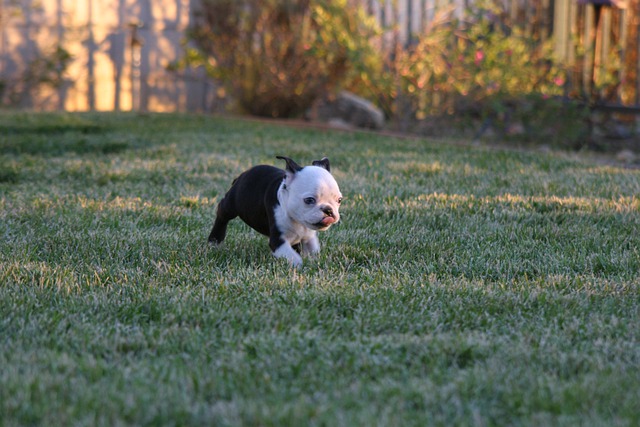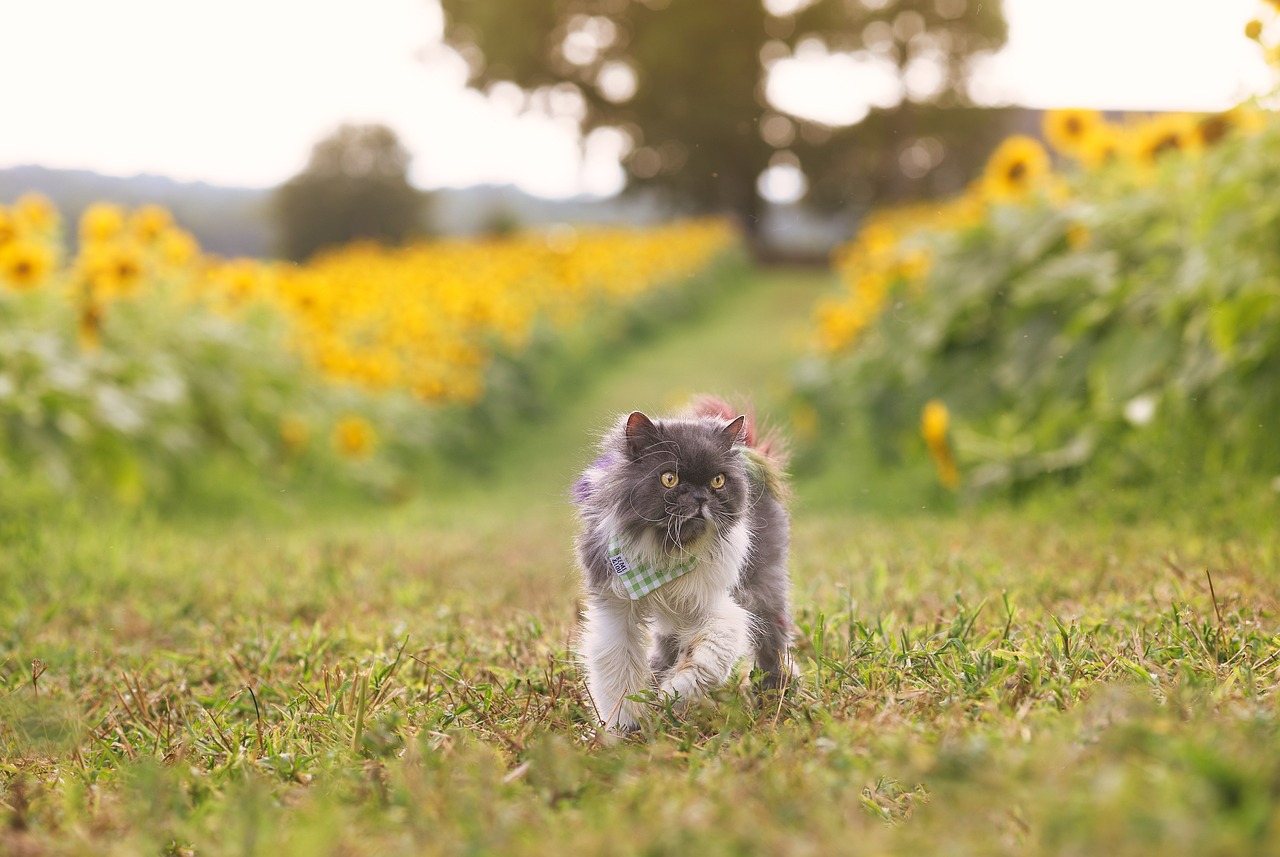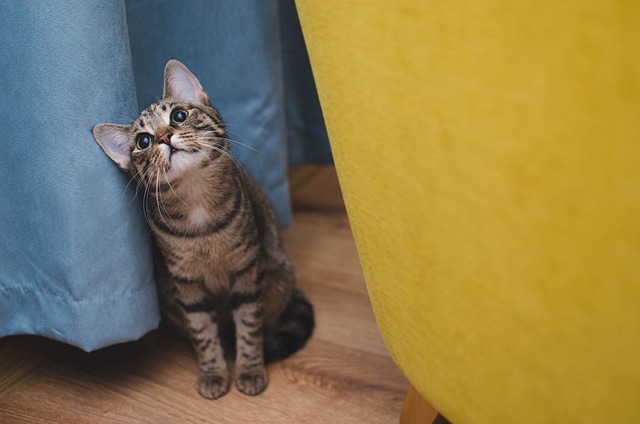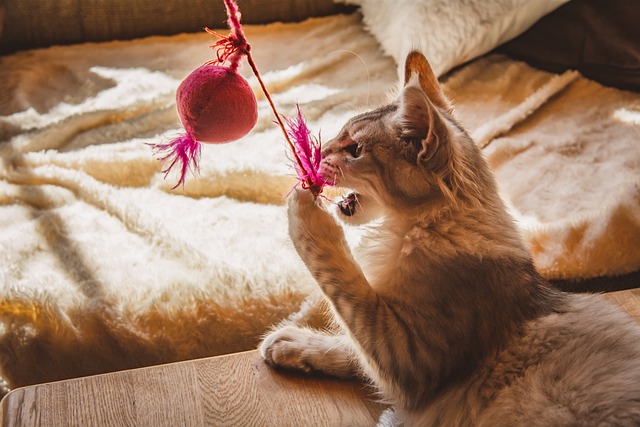Small Dog Training Tips

Small Dog Behavior
Small dogs are adorable little creatures that capture your heart and bring out the protective nature of their owners. Unfortunately, this can cause problems. When it comes to training a small dog too many owners look at their miniature bundles of cuteness and just can’t quite bring themselves to correct bad behaviors.
This is the small dog owner’s first mistake, just because these dogs are pint-sized, it does not mean they can’t wreak havoc on your home. Even worse, they could injure themselves. A small dog may not look like they are capable of much, but you will quickly learn this is not the case!
Small Dog – Big Attitude
If a Chihuahua were the size of a mastiff, he would be the most dangerous dog on the planet! And these are not the only tiny tyrant breeds either. Small dogs are entirely too adorable, making it easy for their owners to spoil them rotten, often leading to a Napoleon complex. If you don’t believe me, just watch the small cocker spaniel strut up and challenge the neighborhood Rottweiler!
If you are going to ensure the safety of your small dog, it is imperative that you toughen up and not give in to the “cuteness” syndrome. By training your small companion to respond instantly to the basic commands of sit and stay, you will be able to keep them safe in almost any situation.
Laying The Building Blocks
The first thing you need to accomplish in your small dog training is the basics. Think of sit and stay as the foundation of your entire training program. Without these building blocks in place, you will have a great deal more trouble moving forward to the complex commands.
Begin laying the basic training foundations from the moment you bring your dog home. With puppies you are starting with a blank slate, this means no bad habits to unlearn. If you choose an older dog, especially a rescue dog, you will need to work through the baggage they invariably come with; never hesitate to call in a professional trainer specializing in small dogs if you find yourself overwhelmed.
Behaviors to Discourage
Many times training is not about what you teach your dog, but rather what you do not teach your dog. For example, allowing your small dog to climb on the furniture whenever the mood strikes them is allowing them to “claim” the space as theirs, creating a position of dominance – Hint: this is not a good thing.
If you are like most small dog owners, you will want your companion to snuggle with you on the couch or bed, and this is fine so long as you make it clear that the space belongs to you and you are “inviting” them into your space.
Similarly, when you are trying to establish control over your dog you should not allow them to jump up on you. It may look adorable for your small dog to stand up against your legs begging for attention, but in truth, this is another behavior that places your dog in a position of dominance over you.
Bolting is another very bad behavior you need to nip in the bud; a darting dog is a danger to themselves and others. Running away from you or shooting outside into the street every time the door opens leaves them vulnerable to being hit by a car. Not only could you lose your dog, but you may also be held liable for damages should a motorist crash while trying to avoid your unrestrained dog.
Some Dog Training Tips to Guide You
- All dogs regardless of size benefit from training.
- Obedience training for small dogs is not cruel.
- Training your small dog will keep them safer.
- Dogs require a pack leader, if you won’t step up to the plate, they will!
- Dogs are animals, they do not reason with logic – they respond instinctively to their environment.
- Dogs do not “know better” and they do not “deliberately plan” to ruin your day.
- Always start and end each training session in a positive state of mind.
- Keep your commands simple and consistent.
- Repetition is the key to success.
- Burning off physical energy through walking, fetching, or other similar activities before starting the obedience training will help your dog stay focused.
- Limit the length of training sessions to 15-20 minutes, do not overtax your dog or she will not want to work with you again.
- Schedule your training activities before meals if possible – associating food rewards after training will strengthen your position as the pack leader
Closing Thoughts.
If it is your goal to have a healthy, happy dog for many years to come, it is important to institute a good training program for your small dog. Once they accept your position as pack leader, the entire household will benefit; plus your dog will feel safe and secure under your care. They are a lot like small children in this regard.
Mae Campbell is an avid small dog enthusiast who has taken to heart the incredible rewards a happy balanced canine brings to the family unit. Domesticated canines have served mankind in one capacity or another for thousands of years and if this symbiotic relationship is to continue then we, their human pack leaders must step up to the plate and teach our small dogs the rules and boundaries necessary to thrive in our modern culture.





